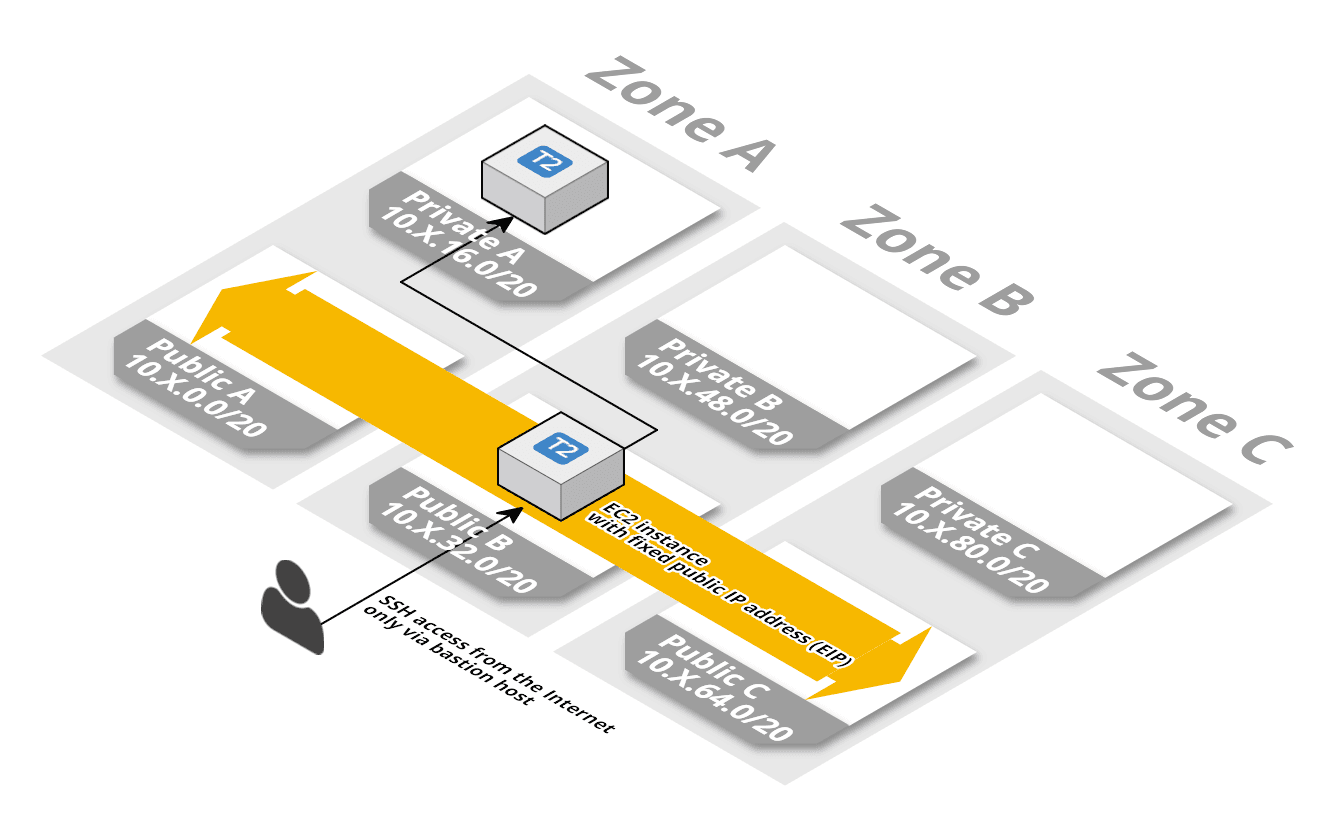

- #Audubon ssh bastion software#
- #Audubon ssh bastion code#
- #Audubon ssh bastion password#
- #Audubon ssh bastion download#
I’ve just found a way to steal all the other users files. All the application files are owned by the same OS user, so the request seems completely legitimate from an OS standpoint.
#Audubon ssh bastion code#
somebodyelse/herfile.txt, instead? If the code hasn’t been engineered to detect and filter out this weird request, it’ll just pass the read command to the underlying filesystems, which will allow it because, remember, the application runs under one OS user and all the actual user logic is handled by the application itself.
#Audubon ssh bastion download#
If, once logged in as my user, I request a download of the file named myfile.txt, the application will allow it because I’m logged in.īut what happens if I request. Let’s imagine there is a flaw in the code (of course, this never happens), which doesn’t properly escape the user’s requested file name. Now, let’s imagine we’re talking about a program – let’s name it MySuperCloudApp – whose job is to store files for its users, so that they can later fetch them from the cloud. It works because the segregation between the functional users is done entirely by the code: even if the application can technically access all its users files, it will only allow, through its code logic, access to the proper files for the proper user. The application will run under this OS user, and all files logically pertaining to different users in the application’s functional view, will be owned by this same OS user. There is then, only one operating system user dedicated to the application, regardless of how many users exist in the application’s database. All this logic is entirely expressed in the code, the operating system plays no role in the process whatsoever. If it does, then it deems the user to be successfully logged in.
#Audubon ssh bastion password#
For example, to authenticate a user, it stores a hash of each user password in the database, and checks whether the entered password’s hash matches what is stored in the database. In that case, the application’s code logic handles all the behaviour the program must have with respect to its users.

Most of the time, applications needing to handle users have a database with a “users” table, detailing the information about each user. a folder can be written to by several users. To this end, an OS has the notion of user (or “account”), who may be the owner of some running programs and some files on the filesystem, alongside the notion of group (of users), so that e.g. In other words, most of the time the OS is mainly a scheduler, whose job is to ensure all the programs are running properly, and don’t step on each other’s toes.
#Audubon ssh bastion software#
At its basic level, the OS’s job is to ensure the program runs on top of the hardware it has in charge, by abstracting it, along with the other pieces of software that might be sharing this hardware. Usually, when developing a program, one doesn’t really need to think about the OS it’ll be running on, because all the business logic goes directly into the code. One of the engineering principles of the bastion is to leverage the underlying operating system’s security features, as additional guards on top of the code’s logic itself. There are technical details ahead, so viewer discretion is advised! The operating system is not just a scheduler Today we’re going to zoom in on how one of the functionalities of the bastion has been implemented to ensure an in-depth security. To this end, the bastion is engineered in a very specific way, with some principles that must be respected when implementing new features.

In a nutshell, the main purpose of the bastion is to ensure security, auditability and reliability in all cases. This time, we’ll dig into some governing principles of how The Bastion is written. We then explained how delegation was at the core of the system. In previous parts, we’ve covered the basic principles of the bastion.


 0 kommentar(er)
0 kommentar(er)
